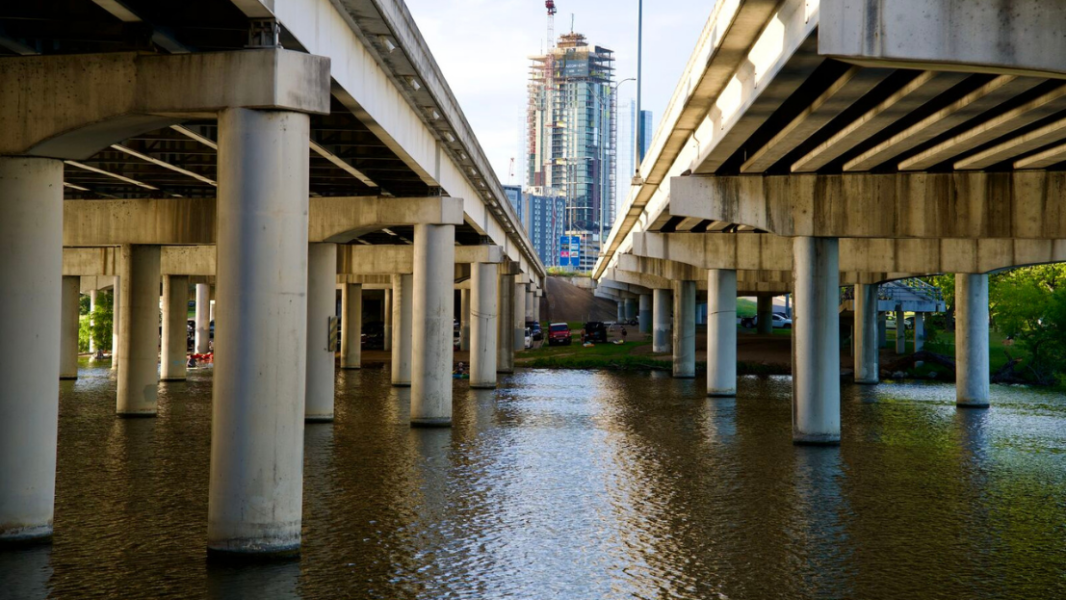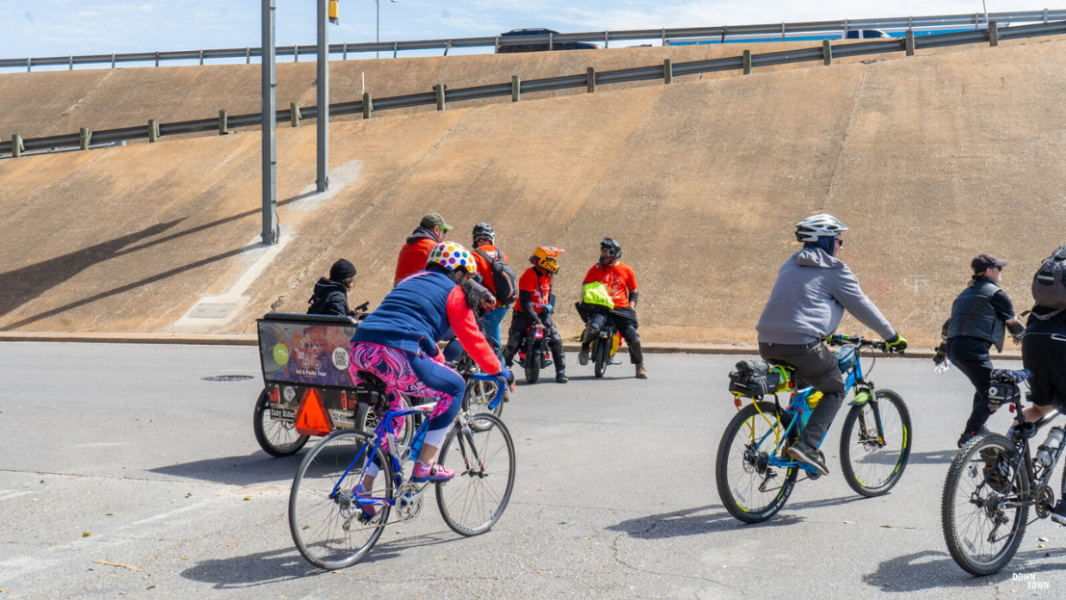Our community has the opportunity of a lifetime to transform Austin by turning one of the city’s biggest community barriers into a generational asset that improves transportation and creates community, public and green spaces where the highway stands now.
When I-35 was built in the 1950s, homes and businesses were displaced, and gathering places for community members in East Austin were demolished. Since then, policies that were implemented worsened not only the economic and cultural impact on communities of color east of I-35, but also the inequitable physical divide of East and West Austin. It is of the utmost importance for the present and future of our city to reconnect communities that have been historically divided by I-35 and provide equitable opportunities to our citizens and also better and more inclusive infrastructure and communal assets.
“Our city doesn’t get an opportunity like this one very often. I-35 hasn’t been reconstructed since the 1970s and while the construction and the collection of the caps and stitches might be a few years away, right now is really the chance for everyone to help set the vision for the spaces that will go over the lowered highway,” – Emily Risinger
Downtown Austin Alliance’s Role
For the last six years, the Downtown Austin Alliance, in partnership with the City of Austin, has led the work and vision to reconstruct the central portion of I-35 that runs through downtown Austin.
As the convenor of the Our Future 35 scoping group, we are committed to collaborating and developing solutions-based outcomes with community members, advocacy groups, and downtown, regional and partner associations, as well as with our colleagues at the City, State and Federal levels. The collaboration to create the vision for these legacy caps and stitches will be an asset to the residents of Austin for generations to come.
ULI Panel Report
In 2019, the Downtown Austin Alliance saw a key opportunity to improve Austin when TxDOT proposed a $3.4 billion expansion of I-35 through Central Austin. The Downtown Austin Alliance commissioned the Urban Land Institute’s Advisory Services Program—made up of experts in real estate, land use, planning and development—to provide holistic recommendations to reconstruct the highway.
The ULI panel recommended capping a lowered highway and stitching the bridges, which shrinks the footprint of the highway, and most importantly will serve as the footprint for the community vision of these new public spaces. The caps will add over 15 acres of buildable land above the highway in downtown Austin, the most dense and valuable region. Caps and stitches will make pedestrian crossings safer and more enjoyable for people biking or and walking, transform the high-speed frontage roads into strollable green boulevards and has the potential to be home to amenities like public markets, ball fields and more.
Following this report, The Austin Core Transportation Plan was formed by the City of Austin with input from Downtown Austin Alliance to study transportation and mobility options into and throughout downtown Austin. The ACT Plan facilitates multiple simultaneous current downtown transportation projects, including: Project Connect, I-35 Capital Express Central, Austin Convention Center Redevelopment, Waterloo Greenway buildout, Palm Park redesign and Palm District Planning .
Convening Our Future 35 Working Group
Recognizing how essential community input and discussion would be, the Downtown Austin Alliance convened Our Future 35, a community-centered initiative to build new infrastructure and co-create public spaces over I-35. Through the Our Future 35 engagement series, the Downtown Austin Alliance and our partners hosted multiple engagement events, including meetings, radio broadcasts, community workshops and more to collect feedback and input from people all over Austin and those who live or work in areas adjacent or near I-35. Committed to the success of the program, the Downtown Alliance funded and facilitated the Community Steering Committee that shaped a vision and goals for the caps.
Funding the Cap and Stitch Program
Knowing the community benefits that would stem from capping and stitching, determinging funding for this project is crucial to it happening. In 2023, TxDOT released a Record of Decision to start construction to lower the main lanes of I-35 through Central Austin and enhance east/west connections. While this created the blueprint for caps and stitches, a plan to fund this project was still absent. As a result, the City of Austin announced that it would proceed with the plan and find sources for the funding.
With help from the Downtown Austin Alliance, the City was awarded a $105 million federal grant from the U.S. Department of Transportation Reconnecting Communities and Neighborhoods Program. This funding will go to capping I-35 from Cesar Chavez to 4th Street. Additionally, Austin’s Cap and Stitch Program was also awarded a $1.12 million US Department of Transportation Reconnecting Communities Planning Grant to conduct an Equitable Mobility Study. The study will include an urban planning analysis and policy recommendations related to air quality, noise, heat island mitigation, transit access and equitable transit-oriented development. Currently, the city has applications submitted for a $191 million infrastructure loan from the State of Texas. Additionally, the Downtown Austin Alliance is supporting a city application for a $129 million Mega Grant from the United States Department of Transportation (read our letter of support). The remainder of the funds are anticipated to come from public-private partnerships and philanthropic funds.
What Comes Next?
With construction slated to begin late this year, mitigating the adverse effects on a major road in the middle of Austin is a critical component of the project’s overall success.
“They’re going to always have lanes and parts of the highway open during construction, so there’s never going to be a time where it’s fully closed. “They also try to prioritize heavy construction during the evening off-peak hours… So there will never be a full closure happening over the roughly 10-year construction horizon through 2032. That’s all good news for our stakeholders.” – Emily Risinger
Downtown’s hike and bike trails will also always be accessible throughout construction.
While the lowering of the highway will take a couple of years to complete and the caps and stitches several years after that, planning for what will go on the caps once they are built is ongoing—and we need Austinite’s input. Some of the recurring feedback the team has received focuses on buildings, retail, open space, civic plazas—where things like public markets and mercados can take place—cultural arts centers, trails and recreation facilities with ball fields, just to name a few. With such a transformative and impactful project, our community must get it right
You can participate in future cap and stitch brainstorms and planning efforts at the next Our Future 35 Workshop on May 18, 2024 to give your input or visit OurFuture35.com to get involved.
Emily Risinger is the Director of Planning & Urban Design at the Downtown Austin Alliance. Her quotes were pulled from an Austin Monitor article covering her speaking at the Chamber of Commerce’s Infrastructure Summit in March of 2024. We thank both for their contributions to this blog post.



